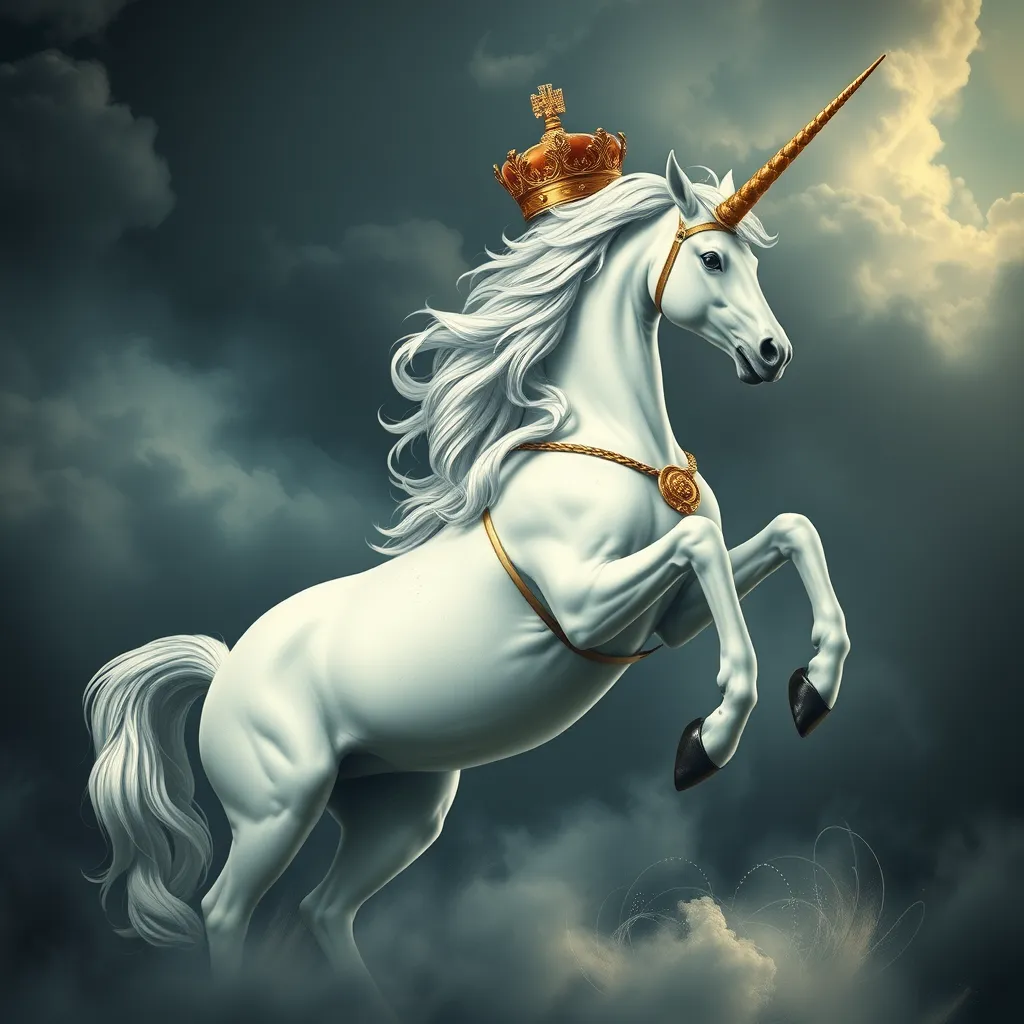Wendigo Hunting: Traditional Practices and Modern Interpretations
I. Introduction
The Wendigo is a legendary creature rooted in the folklore of the Algonquian-speaking peoples of North America. Described as a malevolent, cannibalistic spirit, it embodies the consequences of greed and excess. The Wendigo myth holds profound significance in Indigenous cultures, serving as a cautionary tale about the perils of overindulgence and the importance of community. This article aims to explore the traditional hunting practices associated with the Wendigo and their modern interpretations, highlighting the cultural relevance and evolving narrative surrounding this iconic figure.
II. Historical Context of the Wendigo Myth
The origins of the Wendigo myth can be traced back to the Algonquian tribes, where it is often depicted as a gaunt, emaciated being with an insatiable hunger for human flesh. Its roots lie deep within the socio-cultural fabric of Indigenous communities, acting as a moral lesson against the dangers of unchecked greed and consumption.
Throughout history, the Wendigo has served as a symbol of:
- Greed – representing the destructive nature of wanting more than one needs.
- Excess – a warning against the perils of indulgence and selfishness.
- Isolation – highlighting the consequences of straying from community values.
Cultural variations of the Wendigo exist across different Indigenous tribes, with each community imparting its unique interpretations and teachings to the myth. The creature’s representation may differ in physical form and characteristics, but its core themes remain consistent.
III. Traditional Wendigo Hunting Practices
Wendigo hunting practices are steeped in ritual and spirituality, reflecting the deep connection Indigenous peoples have with their land and traditions. These practices often involve:
- Rituals and Ceremonies: Before embarking on a hunt, community members might engage in purification rites, prayers, or offerings to seek guidance and protection from spiritual leaders.
- Tools and Methods: Traditional hunting tools include bows, arrows, and traps, often crafted with care and imbued with spiritual significance. The methods used may vary, but they are usually reflective of the land’s ecosystem and the community’s knowledge of hunting.
- Role of Community: Hunting is not just an individual endeavor; it involves the whole community. Elders and spiritual leaders often play crucial roles in guiding the hunt, ensuring that practices align with cultural beliefs and values.
IV. The Psychological and Sociocultural Aspects of Wendigo Beliefs
The fear of the Wendigo transcends mere folklore; it reflects deeper societal issues within Indigenous communities. The Wendigo myth serves as a metaphor for:
- Famine and Starvation: In times of scarcity, the Wendigo embodies the desperation that can lead individuals to commit unspeakable acts.
- Mental Health: The psychological impact of believing in the Wendigo can influence community cohesion, fostering a sense of vigilance and connection to cultural heritage.
- Societal Reflection: The myth encourages communities to confront their fears and address underlying issues such as isolation, addiction, and the effects of colonization.
V. Modern Interpretations of the Wendigo
The Wendigo has transitioned into popular culture, appearing in films, literature, and video games as a terrifying figure that captures the imagination. This cultural presence has resulted in various interpretations:
- Influence of Popular Culture: Modern media often portrays the Wendigo as a monstrous being, stripping away its cultural significance and reducing it to a horror trope.
- Contemporary Adaptations: Some Indigenous artists and storytellers reinterpret the Wendigo through a modern lens, incorporating traditional narratives into contemporary art, literature, and performances.
- Environmental Discussions: The Wendigo is increasingly seen as a symbol in discussions about environmental degradation and the consequences of consumerism, linking the myth to modern ethical dilemmas.
VI. The Intersection of Tradition and Modernity
Indigenous communities work diligently to preserve traditional practices while navigating the complexities of modern life. This intersection involves:
- Preservation of Practices: Many Indigenous groups are actively engaged in revitalizing traditional Wendigo hunting practices, ensuring that knowledge is passed down through generations.
- Balancing Interpretations: While adapting to modern narratives, communities seek to maintain the integrity of their cultural heritage, emphasizing the importance of traditional teachings.
- Role of Technology: The use of technology, such as social media and digital storytelling, plays a significant role in sharing Wendigo narratives and connecting with wider audiences.
VII. Ethical Considerations in Wendigo Hunting
As interest in Wendigo hunting practices grows, it is essential to approach the subject with respect and sensitivity. Key ethical considerations include:
- Respect for Indigenous Beliefs: Acknowledging the depth and significance of Wendigo lore is crucial in fostering respectful dialogue and understanding.
- Impact of Appropriation: The commercialization and appropriation of Wendigo imagery can undermine its cultural significance, leading to misrepresentation and exploitation.
- Education and Understanding: Promoting awareness about the Wendigo myth and its cultural context can help combat stereotypes and foster appreciation for Indigenous narratives.
VIII. Conclusion
In conclusion, the exploration of traditional Wendigo hunting practices alongside modern interpretations reveals the richness of Indigenous narratives and their relevance in contemporary society. Understanding the Wendigo myth encourages respect for cultural heritage and highlights the importance of preserving these stories for future generations. As we navigate the complexities of tradition and modernity, it is vital to honor Indigenous beliefs and practices, fostering a greater appreciation for the intricate tapestry of human experience.



